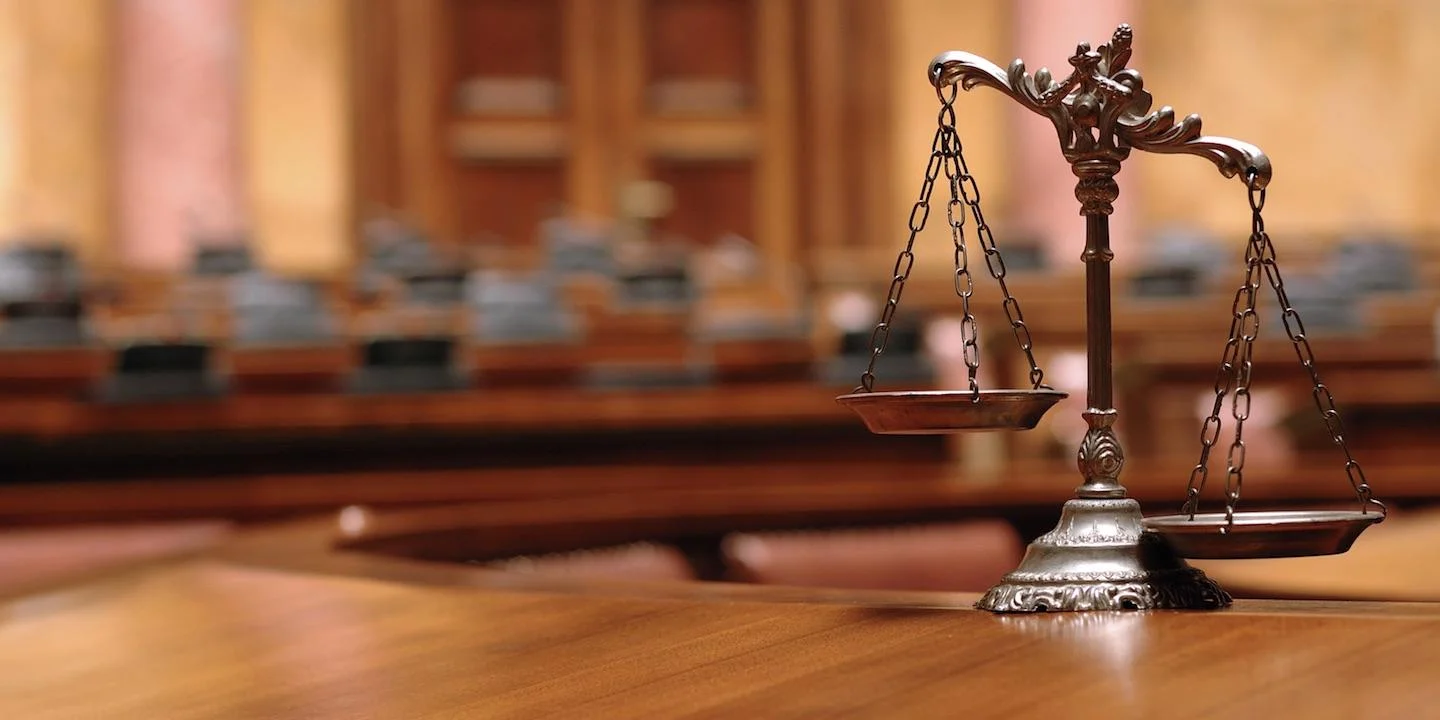SPRINGFIELD – All seven Supreme Court Justices reinstated a defense verdict that Fifth District appellate judges overturned in a traffic injury case.
The Supreme Court found Fifth District justices Judy Cates, Richard Goldenhersh, and Melissa Chapman substituted their judgment for that of the jury.
“Jurors, through their own common sense and life experience, are well equipped to weigh the evidence and reach a conclusion that an automobile accident either did or did not cause an injury,” Justice Scott Neville wrote on Jan. 25.
“The inference that plaintiff did not actually suffer any injury due to defendant’s negligence is one that could reasonably be drawn from the evidence.”
The accident happened in 2010, in Salem.
Defendant Lynsey McGovern stopped her Mitsubishi Eclipse behind a Nissan pickup truck at a stop sign.
She “spaced out,” by her own testimony, and took her foot off the brake.
Her car struck the rear of the pickup.
Pickup driver William Peach sued McGovern in Marion County circuit court, claiming a neck injury.
George Ripplinger of Belleville represented him.
Edward Adelman of St. Louis represented McGovern.
At trial before Jasper County associate judge Kevin Parker in 2016, Peach testified that he still had pain and had to rest every three or four days because of it.
He said his medical bills exceeded $23,000.
Pain management specialist Michael Templer of Mount Vernon testified that Peach estimated McGovern’s speed at 25 to 30 miles per hour.
He said a magnetic resonance image revealed that Peach suffered from recent injuries and some degenerative changes.
He said a low speed collision could cause whiplash injuries.
On cross examination, McGovern’s counsel showed him photographs of the vehicles after the accident.
Ripplinger had sought to exclude the photos, without success.
Adelman asked Templer if the photos would affect his diagnosis.
Templer said he couldn’t answer because he wasn’t a mechanical engineer.
Adelman asked if the findings in his diagnosis could have been caused by the accident, and Templer said yes.
Adelman asked if they might not have been caused by the accident.
Ripplinger objected, and Parker overruled him.
Templer said, “Yes, that’s true.”
Adelman asked if some other event could have caused the findings, and Templer said a lot of things could have happened.
Salem police sergeant Garland Simmons testified that Peach told him there was minimal damage to both vehicles.
McGovern called no witness.
Parker directed a verdict for Peach on negligence.
He reserved causation and damages for the jury.
Jurors returned with zero.
Peach moved for a new trial on damages, and Parker denied it.
Peach appealed, claiming Parker should have excluded the photos.
The Fifth District reversed the judgment in December 2017, finding the photos required testimony of an expert.
Cates wrote, “From the evidence, it is clear that the jury should have concluded that defendant’s negligence proximately caused plaintiff’s injuries…We find it unreasonable that any jury, under the circumstances and the evidence presented, would not have at least awarded recovery for plaintiff’s hospital expenses incurred immediately after the collision.”
McGovern petitioned the Supreme Court for relief, and she got it.
Neville wrote that photos are generally admissible if they tend to prove or disprove a material fact at issue.
He wrote that a court must determine whether photos make an injury more or less probable and whether they might be relevant to impeachment. The essential question is whether a jury can properly relate the damage depicted in a photo to the injury without the aid of an expert.
“If a jury is allowed to consider relevant testimony about vehicle speed and impact forces, a jury should be permitted to consider photographs that depict the damage, or lack thereof, done to the vehicles,” he wrote.
“These subjects are traditionally things jurors can understand, and experts have not been needed to supplement witness descriptions of events.”
He wrote that there was conflicting testimony about speed and impact.
“Jurors are entitled to infer that which resides squarely in the center of every day knowledge, the certainty of proportion, and the resulting recognition that slight force most often results in slight injury and great force most often is accompanied by great injury,” he wrote.
He wrote that the photos discredited Peach’s version of events and corroborated McGovern’s testimony.
